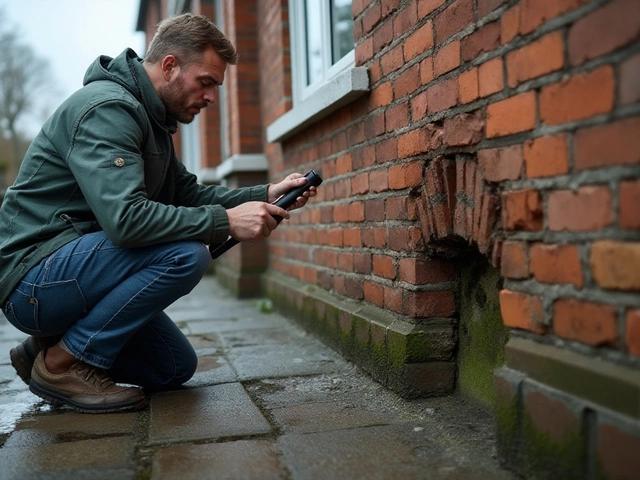Right Angle Construction: Precision, Strength, and Why It Matters in Building
When you think about right angle construction, the use of 90-degree angles to create stable, square structures in building and renovation. Also known as square framing, it's the quiet hero behind every wall, floor, and cabinet that doesn't lean, warp, or fail over time. It’s not glamorous. No one takes photos of a perfect 90-degree corner. But skip it, and your entire project starts to unravel.
Right angle construction isn’t just about carpentry—it’s about physics. A wall built at a true right angle transfers weight evenly to the foundation. A cabinet installed crooked doesn’t just look bad—it sticks, won’t close, and puts stress on hinges. In structural integrity, the ability of a building to maintain its shape and function under load without failure, right angles are non-negotiable. Builders who cut corners on angles create problems down the line: uneven floors, cracked drywall, doors that jam. You see it in older homes where walls bow and windows won’t shut. That’s not aging—it’s bad angles.
This precision shows up everywhere. In carpentry precision, the exact measurement and alignment of wood and framing elements to ensure square, level, and plumb construction, a 1-degree error in a 10-foot wall adds up to over an inch of misalignment by the top. That’s enough to ruin a kitchen layout or make a shower door impossible to install. It’s why pros use laser levels, framing squares, and the 3-4-5 triangle trick—old-school math that still beats fancy gadgets when it comes to truth.
Right angle construction also ties into how materials behave. Drywall, tile, and cabinetry all expect square surfaces. If your studs aren’t at 90 degrees, your tiles crack. Your cabinets gap. Your paint lines look crooked even if you’re careful. It’s not about aesthetics—it’s about compatibility. Every material has a tolerance. Go outside that, and you’re fighting nature, not just your tools.
You’ll find this concept echoed in posts about bathroom remodeling, kitchen layouts, and even house settlement. A crooked foundation? Often traced back to poor initial angles. A door that won’t close? Likely because the frame wasn’t square when the wall went up. Even insulation and energy efficiency depend on tight, square seams. Gaps from misaligned walls let air leak out—costing you money every month.
What you’ll find below isn’t a list of how to measure a corner. It’s a collection of real-world examples where right angle construction made the difference between a job done right and a job that had to be redone. From kitchen remodels to foundation repairs, these posts show how precision at the start saves time, money, and stress later. Whether you’re planning a renovation or just trying to understand why your new cabinets don’t fit, the answers start with one simple question: Is it square?
What Is the 3-4-5 Method in Building Construction?
The 3-4-5 method is a simple, reliable way to create perfect right angles in building construction using basic math and a tape measure. It's used by contractors worldwide to square foundations, walls, and frames without expensive tools.





